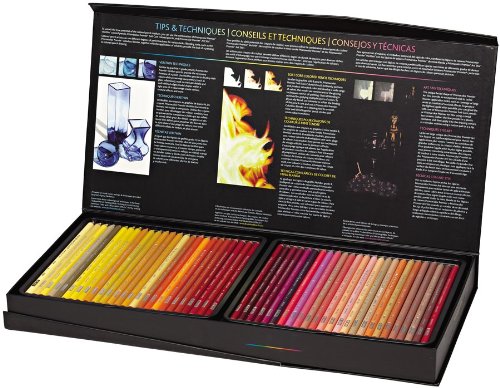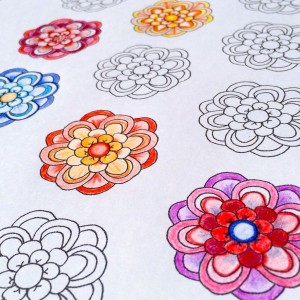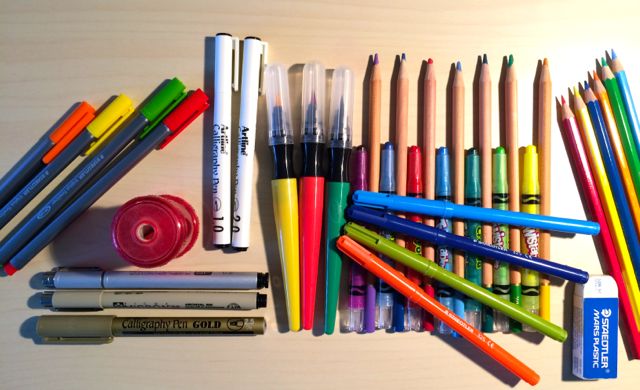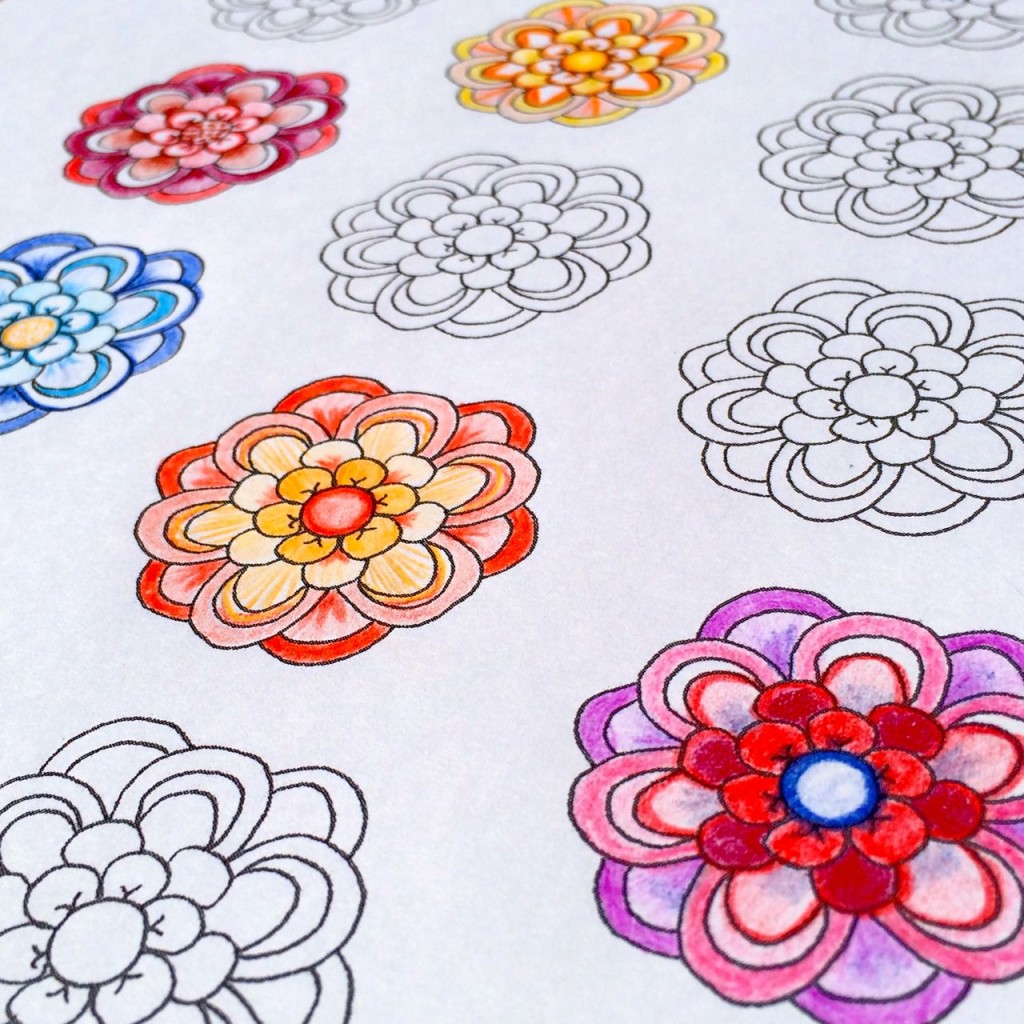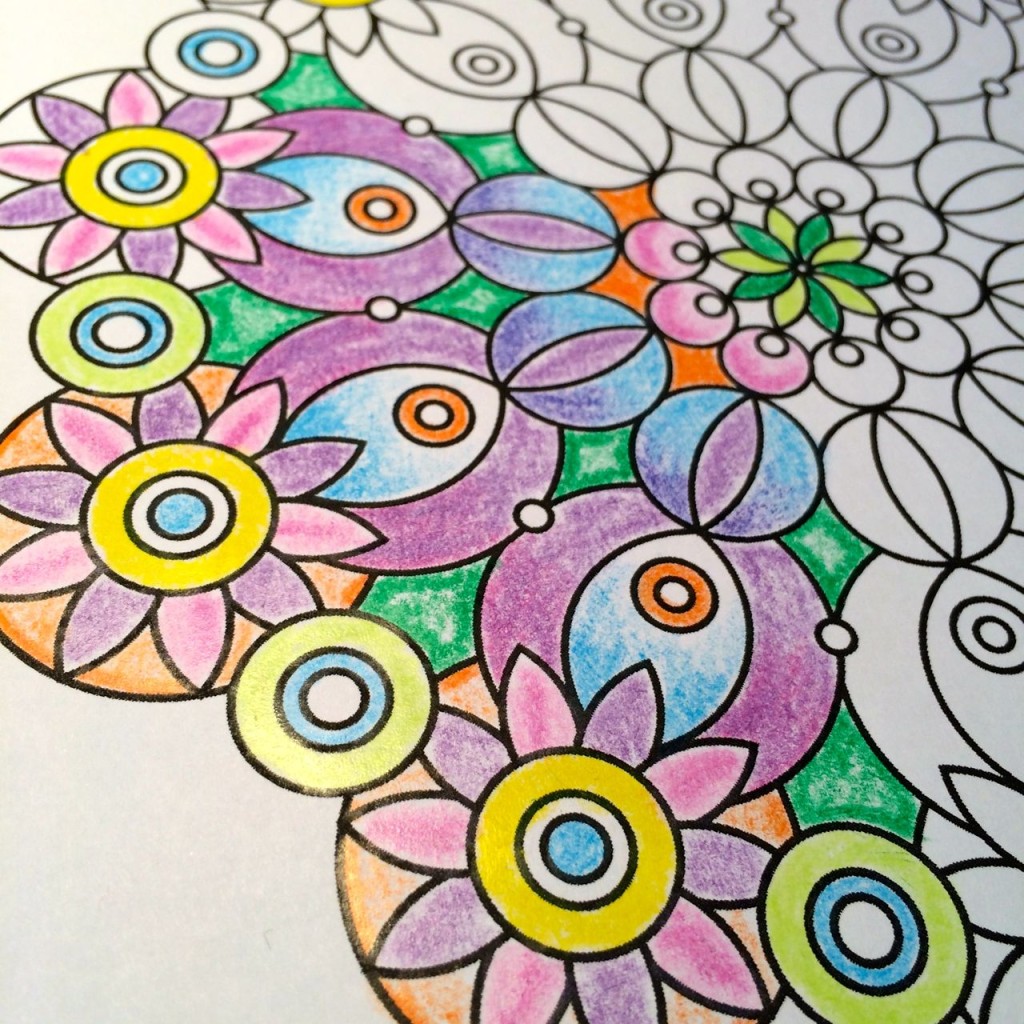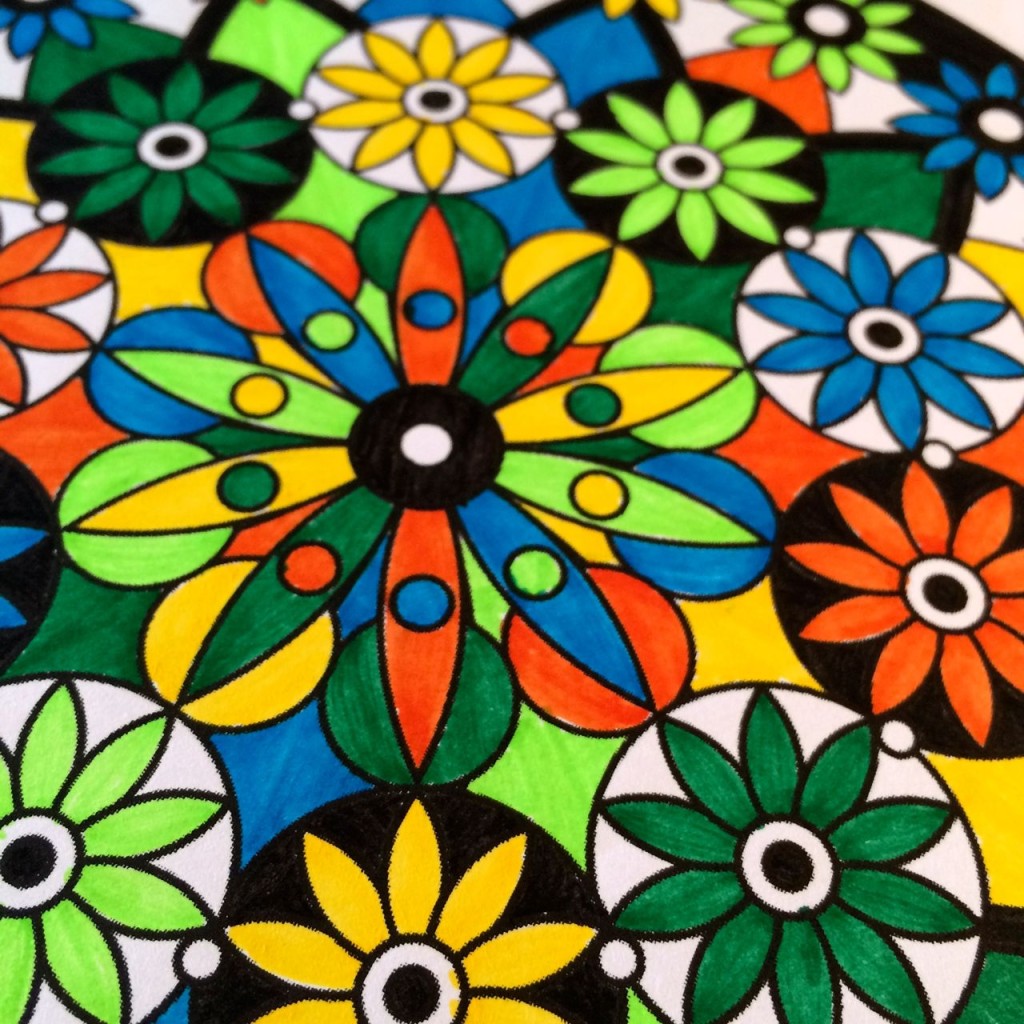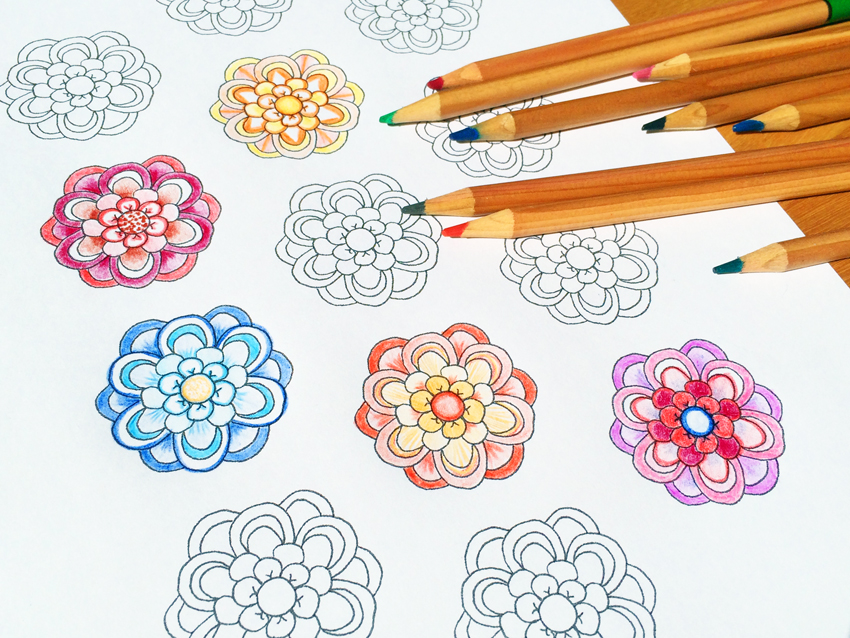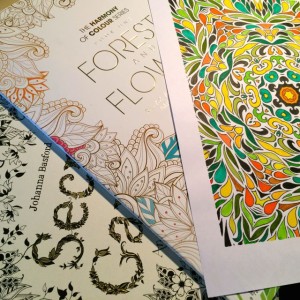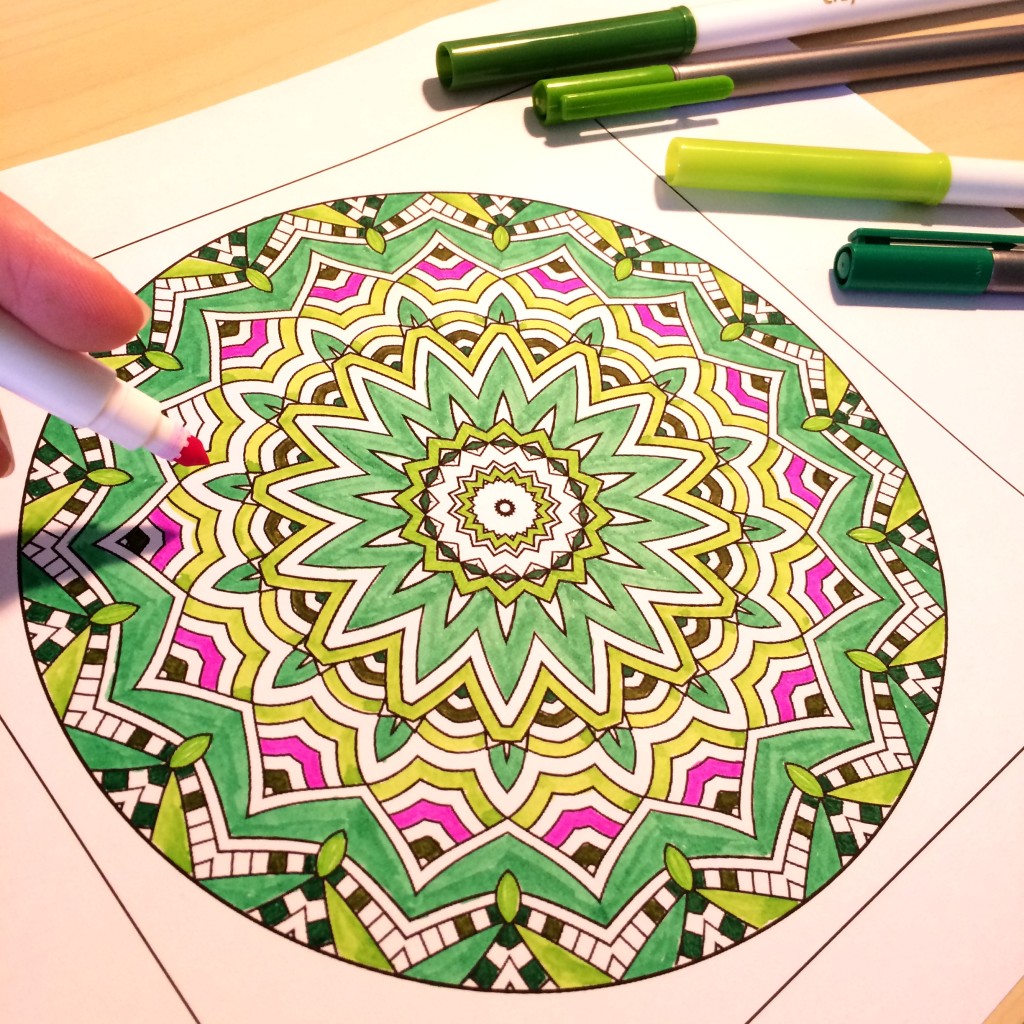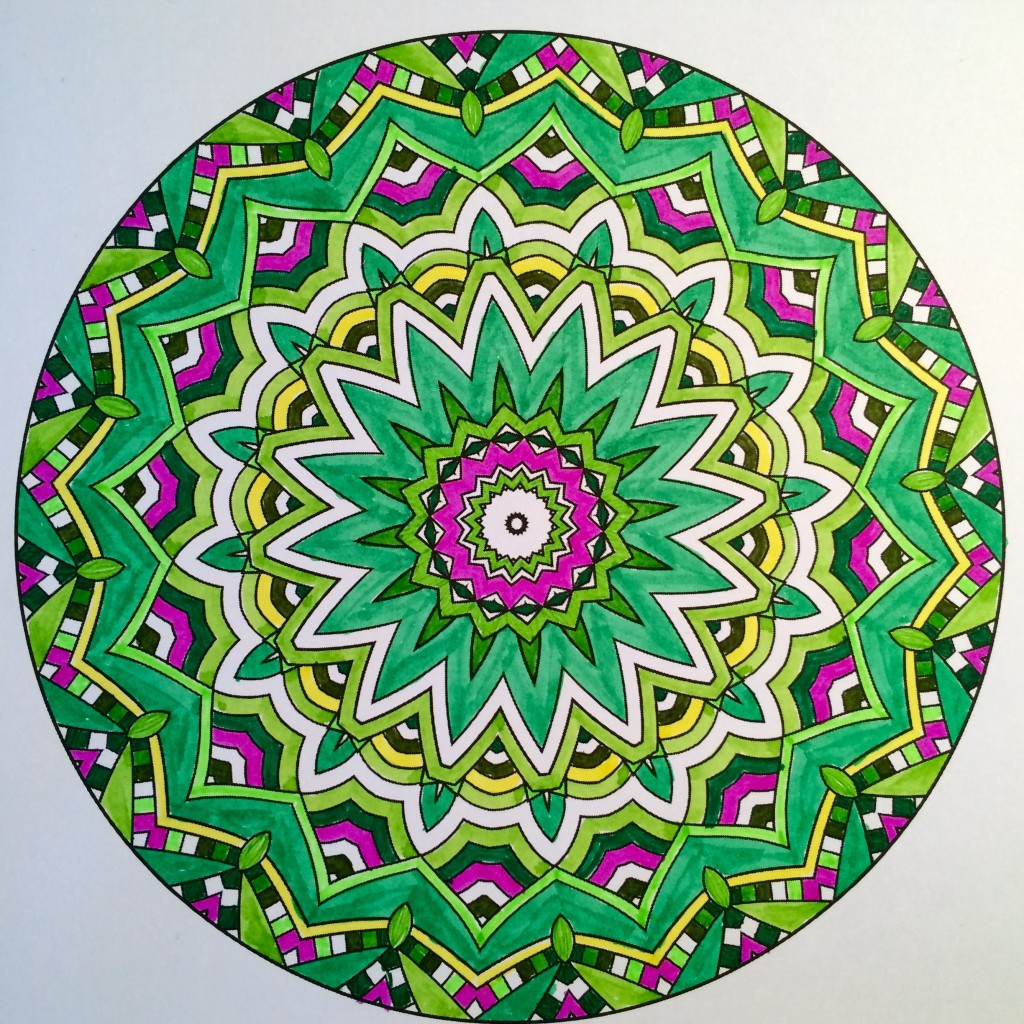I’m a member of quite a few online coloring groups, as well as two face-to-face groups, and in the past year I’ve been bombarded on all sides with chatter about Prismacolor Premier Soft Core Colored Pencils. It appears that many folks of my acquaintance would happily part with a limb in exchange for a 150 box-set of ‘Prismas’, including people who have never actually used them and are going on reputation alone.
Some of you may think, well, a pencil is a pencil. Why would someone spend money on a ‘premier’ colored pencil instead of whatever you can pick up at your local newsagent? I mean…come on, it’s just a pencil!
Excellent question. Here’s what you should know.
Why buy Prismacolors?
Prismacolor colored pencils are at the luxury end of the adult coloring in market. They cost more, but the color pigments in them are exceptionally good. They are popular for the following reasons:
- there is an EXTENSIVE color range – people often say they can hold two different shades of blue next to each other, and not be able to tell the difference, so fine are the graduations between hues;
- they are available in a broad range of sets that match different price points – currently you may purchase sets of 12
, 24
, 36
, 48
, 60
, 72
, 96, 132
, or 150
(there are also special series, such as Manga
colors);
- you may also purchase INDIVIDUAL pencils – so if you sharpen your ‘Sunburst Yellow PC 917’ pencil right down to a stub, then you can just go out and buy a new one. And if your favorite color is green and you want twenty different shades of green in your pencil case, you can go out and just buy the colors you want;
- Prismacolor Premier Soft Core Colored Pencils (quite a mouthful of title for a humble pencil) have soft leads, so they are optimised for shading and blending – it’s much easier to get beautifully rendered effects with soft core pencils;
- and finally (but most importantly), they use high quality pigments for really rich, vibrant color saturation – it’s similar to buying artists’ quality paints – they cost more because of what they’re made of, but as with most high quality products, you get what you pay for.
So there are all the PRACTICAL, sensible reasons that people buy Prismas.
But most people, when I’ve asked why they spashed out on Prismacolors, have said things like this:
‘I get hardly any time to myself, and I really love coloring, so I wanted to spoil myself with some Prismas as a way of celebrating my ‘me time’
‘I was sick of borrowing the kids pencils and I thought I’d buy something special that was just for me’
‘I really wanted to treat myself – I saved up for three months, and after I finally ordered them I kept checking the post every day until they turned up!’
So there you go. Despite all the practical fabulousness of Prismas, it was the idea of ‘spoiling yourself’ with something special that got quoted almost every time. Like any other luxury item, the biggest benefit is often the feel-good factor. Quality pigments and beautiful blending tools are just glitter-pen icing on the cake.
